Anti-Drone Tactics Makes Early Ukraine War Drones Obsolete
How drone technology has changed their requirements and even Russia’s approach to war.
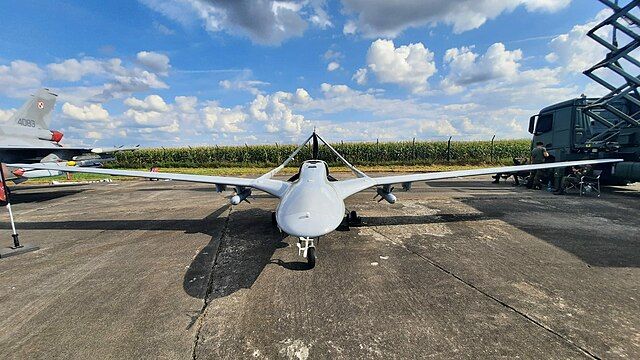
The biggest change in warfare over the last twenty years has been the rapid expansion in the deployment of drones. With a variety of uses, from artillery spotting to precision strikes, to reconnaissance, to counter-drone combat, to logistics support, the drone has revolutionised war.
Nowhere has this been more evident than in the war in Ukraine, and no drone has had more influence in this conflict than the Bayraktar TB2.
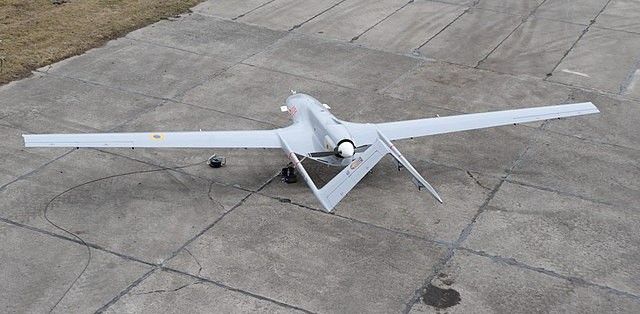
“In the early weeks of the Russian invasion, the drone most often singled out in news headlines was the TB2, produced by Turkish manufacturer Baykar,” the industry journal Defense News reports.
Unlike its more sophisticated American counterparts, the TB2 is relatively cheap and easy to fly. However, as the war has progressed, so has military technology and tactics meaning that despite being less than ten years old the TB2 is already becoming obsolete.
“For the TB2, I don’t want to use the word useless, but it is hard to find situations where to use them,” explains Col. Volodymyr Valiukh, a commander in Ukraine’s Main Intelligence Directorate. “We are extremely grateful for the TB2s, but at the beginning of the war they were deployed more and striked more.”
This revelation comes as a result of improved Russian air defences, especially its counter-drone technology and electronic warfare capabilities, meaning that the last TB2 flight Valiukh observed lasted only half an hour before it was intercepted.
“TB2 was a successful drone at the early stages of the war when the Russian military’s air defense and EW [electronic warfare] was relatively disorganized,” confirms Samuel Bendett, an AI and unmanned systems expert at the US-based CNA research organization. “It was also a very helpful weapon for competing in the information space against the Russian invasion, with strike videos shared widely on social media.”
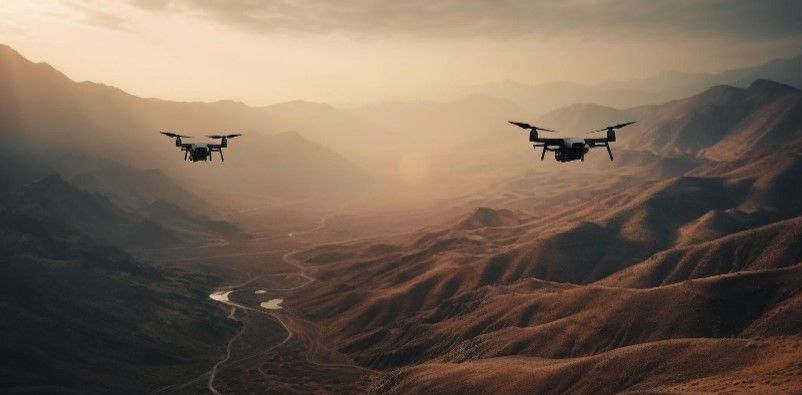
But Russia's deployment of air defence and electronic warfare capabilities, especially once the frontline stabilized, have allowed its forces to safely neutralise the TB2.
“By design, TB2 is a relatively large target that does not fly very fast, and can be vulnerable to sophisticated defenses,” adds Bendett.
Certainly, the drone war is far more competitive than in the early days. Both sides have learnt how devastating drones can be in terms of military intelligence as well as precision strikes on armed vehicles and trench positions. This means that the frontline is now packed full of counter-drone measures and air defence systems specifically designed to shoot down or capture enemy drones.
This development has led to slow flying drones being reassigned to less daring roles.
“Currently, the Bayraktar TB2s are mainly used to conduct daily flights to track the targets, which can be as valuable as attacking,” notes company CEO Haluk Bayraktar. “TB2s don’t attack unless they figure out open windows, no need to be an easy target for Russian air defense systems.”
“This is the same for any other flying platform such as fighter jets, helicopters et cetera unless it is an affordable, low-cost mini drone,” he adds.
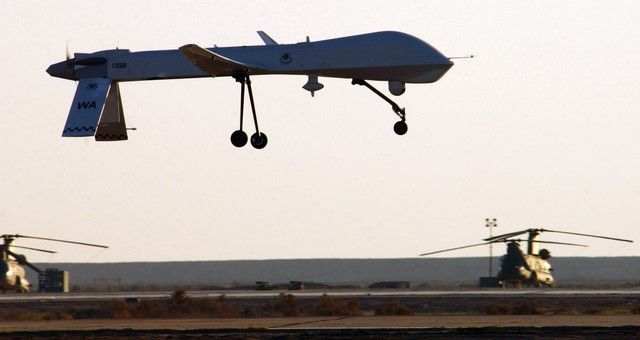
Russia Changing Drone Tactics
Russia’s original strategy for air-to-surface assault was through the deployment of attack helicopters, such as the Ka-52 and Mi-28. Like drones, these machines were sent out to loiter over the battlefield, executing reconnaissance and strike operations, as well as some more aggressive search and destroy missions.
However, the high price of each helicopter (both human and monetary) in comparison to the low-cost, low-profile, and easy to fly drones meant that Russia has also invested heavily in both anti-drone systems and its own drone fleets.
These drone forces include the almost entirely Russian-made Forpost-R(an adapted version of the Israeli-designed Forpost UAV), as well as the surveillance model Orion made by the Russian arms manufacturer Kronshtadt.
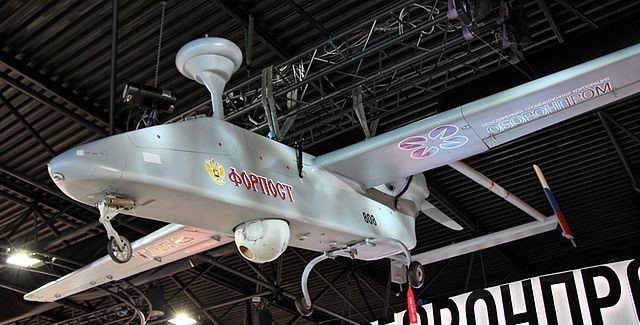
Also under development are the ambitious Okhotnik-B being made by Sukhoi's, as well as Kronshtadt's Helios "Orion-2", Sirius, and Grom designs. However, the speed at which these projects are progressing has been slow due to budget restrictions and limited access to specific technologies and parts as a result of western sanctions.
Consequently, Russia’s drone industry is a long way behind many of its counterparts. As the a Dutch open-source intelligence defence analysis website Oryx, reports, “Regardless of the continued course of their development, it is certain that Russia has all but missed the boat when it comes to cashing in on the worldwide drone revolution, with most potential export customers rapidly finding their needs satisfied by Chinese, US, Turkish and Israeli designs.”
Photo credit: Wikimedia, Nara, Wikimedia, Vecstock on Freepik, & Wikimedia

